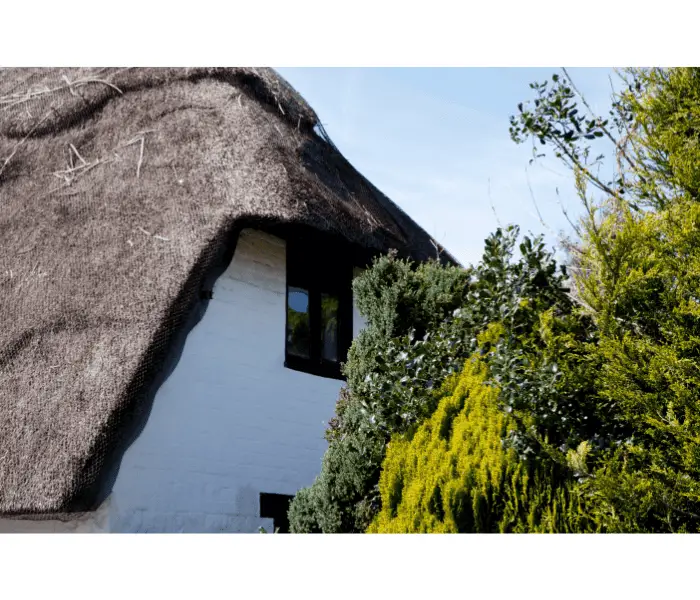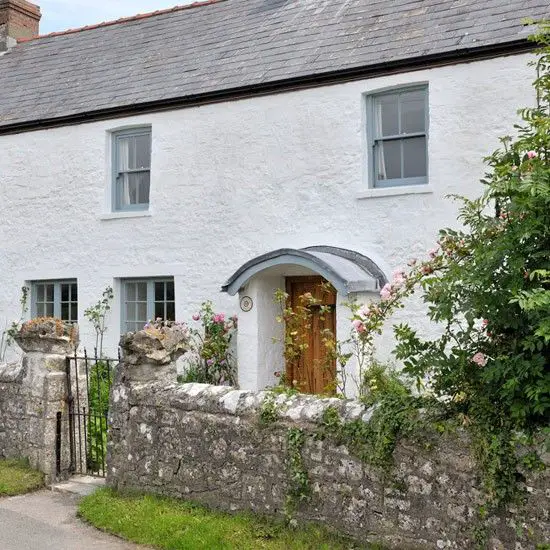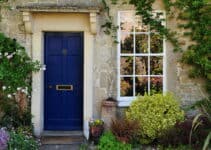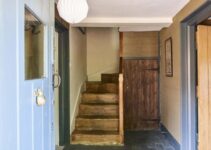Traditional cottages are sought-after properties in today’s market. And they can have a price tag to match. Of course, like all properties, price is dependent on location.
And as cottages are part of the rural history of the British Isles, it is usual to find them in the countryside.
And their location partly helps us answer the question: why are cottages painted white? In the past, it was as much for practical reasons as for aesthetics that cottages were painted white, or more likely whitewashed. Because while cottages may have the kind of chocolate box appeal that attracts modern buyers it wasn’t always this way.
In fact, until very recently cottages were swiftly built using the cheapest materials possible.
Why? Because cottages were often built by farmers or landowners for their agricultural labouring staff. And as labourers’ needs and welfare came secondary to profit for most employers, the quality of their workers’ housing wasn’t a priority.

Why Are Houses White Washed?
With this in mind, you may wonder why owners bothered whitewashing cottages at all.
Traditionally, cottages were whitewashed for two main reasons. The clue is in the quality of the materials used to construct many old cottages.
As we’ve said, the building materials were often poor quality and shoddily build. But with a coat of whitewash, you can cover a multitude of sins.
So cottages were whitewashed to cover mismatched stone, hastily applied mortar or even less attractive building materials such as wattle and daub, or cob materials (mud, straw and water).
Cover a bodge-job with whitewash and your cottage instantly looks cleaner and brighter whatever may lie behind the façade. And as whitewash ‘cures’ to form a hardened exterior, it also acts as an extra barrier between the building materials and the potentially eroding qualities of the weather.

The second reason is that whitewash, or its alternative lime wash, has mild antibacterial properties. It is these properties that were first noticed by dairy farmers and used on both the interior and exterior of their dairies.
And maintaining hygiene in both workers’ homes and in buildings that housed farm animals saved money.
A healthy herd and workforce meant the associated cost of treatment for ailments or replacements for either man or beast was reduced.
And as whitewash was also one of the cheapest methods of painting a building, as it is made from readily available raw materials such as chalk calcium carbonate or slaked lime, it was an economical way to do this.
It is hard to imagine that the quaint, whitewashed cottages that we love to see on trips to the country, were home to some of the poorest members of the British population in the not-too-distant past.
What is a Whitewashed Cottage?
A whitewashed cottage is a simple rural dwelling with whitewash applied. We’ve pointed out the transitional reasons for whitewashing buildings, but you may also wonder why houses continue to be whitewashed to this day.
Part of the reason that cottages and other buildings continue to be whitewashed in modern times is tradition.
Many homeowners who invest in period properties want to retain their traditional features – and that includes the exterior wash. And with certain properties that are ‘listed’, the owner may be required to maintain the original features of their home.
Another reason is aesthetics. Anything white is often linked to purity and cleanliness.
So whitewashing or applying white paint to a property is a way of ‘freshening up’ its exterior. And, just as in the old days, if a cottage or home has some features you’d like to hide, a dash of white paint is an easy and economical mask.
Are White Houses Cooler?
There’s a simple answer to this question: Yes!
The US-based National Renewable Energy Laboratory has found that painting your home with darker or duller colours can increase the absorption of solar energy by a minimum of 70% and a maximum of 90%.
What’s more, much of this energy is conducted inside your property, depending on its insulation. So, as you might expect, white or lighter colours will reflect the sun’s energy.
You might be forgiven for thinking that white would, therefore, make a poorer choice for exterior paint if you wanted a warm home.
But your house’s internal heat is entirely dependent on your location and other factors, such as roofing material, building materials and insulation.
Also, a white or light exterior also helps to maintain a balanced interior temperature with environmental fluctuations of heat having less of an impact. And most homeowners prefer to sustain and control heat rather than relying on the whims of the weather to determine the warmth of their home.
So if you’re considering painting your house white or applying whitewash to your cottage, you may be using modern materials, but you’ll be undertaking a ritual that goes back centuries.




